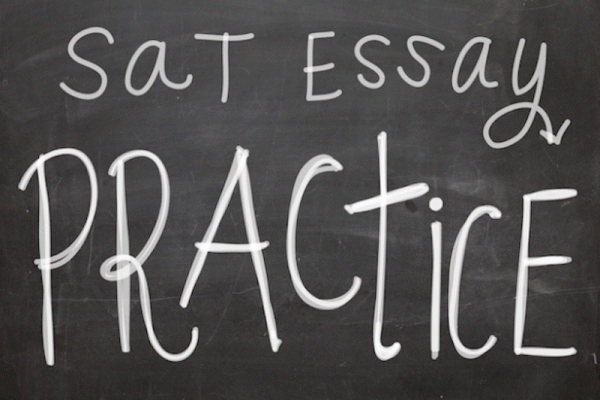It’s not surprising that what is expected of applicants in their applications, as well as whatis expected of admissions officers at top schools is rapidly changing. While academics are always important: a challenging course load, high GPA, high SAT and SAT2 exams are always necessary, there have been a few trends in recent years which demonstrate a shifting landscape for admissions.
On January 20th, a report came out from Harvard University addressing how the college application and admissions process has changed, and how universities can amend their admissions process to ensure a diverse student body amidst an array of fluctuating forces and heightened competition. Admissions professionals in over 80 American universities have endorsed the report.
This report first, describes how college admissions can motivate high school students to contribute to others and their communities in more authentic and meaningful ways. Second, it demonstrates how the admissions process can more accurately and meaningfully assess young people’s contributions to others and their communities. Read below for a more detailed description of the report.
1) Community Service: While community service has always been important, recent trends suggest some specific types:
a) Meaningful and sustained community service: Engage in forms of service that are authentically chosen, and emerge from a student’s particular passions and interests. Students should undertake at least a year of sustained service or community engagement. Students should demonstrate that they have immersed themselves in an experience and have developed emotional and ethical awareness and skills from the experience.
b) Collective Action that Takes on Community Challenges: While individual service can be valuable, community engagement, and working on community problems help young people to develop key emotional and ethical capacities, including problem solving skills and group awareness.
c) Authentic, meaningful experiences with diversity: Rather than students “doing for” students from different backgrounds, for example, we encourage students to “do with” – to work in diverse groups for sustained periods of time on school and community challenges.
d) Service that Develops Gratitude and a Sense of Responsibility for the Future: Service which helps them appreciate the contributions of the generations before them, learning how their lives are built on the service of others, and their responsibility to their descendants. This is often some type of religious or traditional involvement.
2) Ethical engagement and contributions to others across race, culture and class:
a) Family contributions: caring for younger siblings, taking on major household duties or working outside the home to provide needed income.
b) Daily Awareness of and Contributions to others: Demonstrating being ethically responsible and concerned with others and their communities in their daily lives. Being self aware of the actual contribution being made, having a personal connection to the cause.
3) Reducing undue achievement pressure, redefining achievement, and leveling the playing field for economically diverse students:
a) Prioritizing quality, not quantity of extracurricular activities: Applications should state plainly that students should feel no pressure to report more than two or three substantive extracurricular activities and should discourage students from reporting activities that have not been meaningful to them.
b) Awareness of overloading on AP/IB Courses: Admissions offices should convey to students that simply taking a large number of a AP or IB courses per year is often not as valuable as sustained achievement in a limited number of areas. While some students can benefit from and handle large numbers of AP/IB courses, many students benefit from taking smaller numbers of advanced courses.
c) Discouraging “Overcoaching”: Authenticity, confidence and honesty are best reflected in the student’s original voice.
d) Options for reducing test pressure: Colleges are becoming more aware of applicant’s ability to ‘buy their way into college’ by taking the SAT multiple times. Therefore, taking the SAT more than twice is not recommended.
e) Expanding Students’ Thinking about “Good” Colleges: There are many paths to professional success, and students and parents should be far more concerned with whether a college is a good fit for a student than how high status it is.
For more information on this report and how it will affect the application process please e-mail [email protected] or check out the original document here: http://mcc.gse.harvard.edu/files/gse-mcc/files/20160120_mcc_ttt_execsummary_interactive.pdf?m=1453303460






